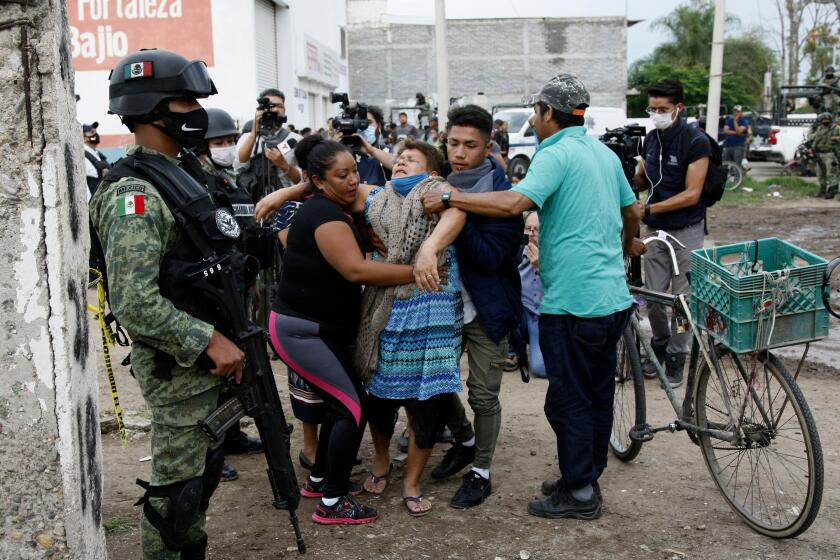A cartel war has transformed once-tranquil Guanajuato into one of Mexico’s deadliest states
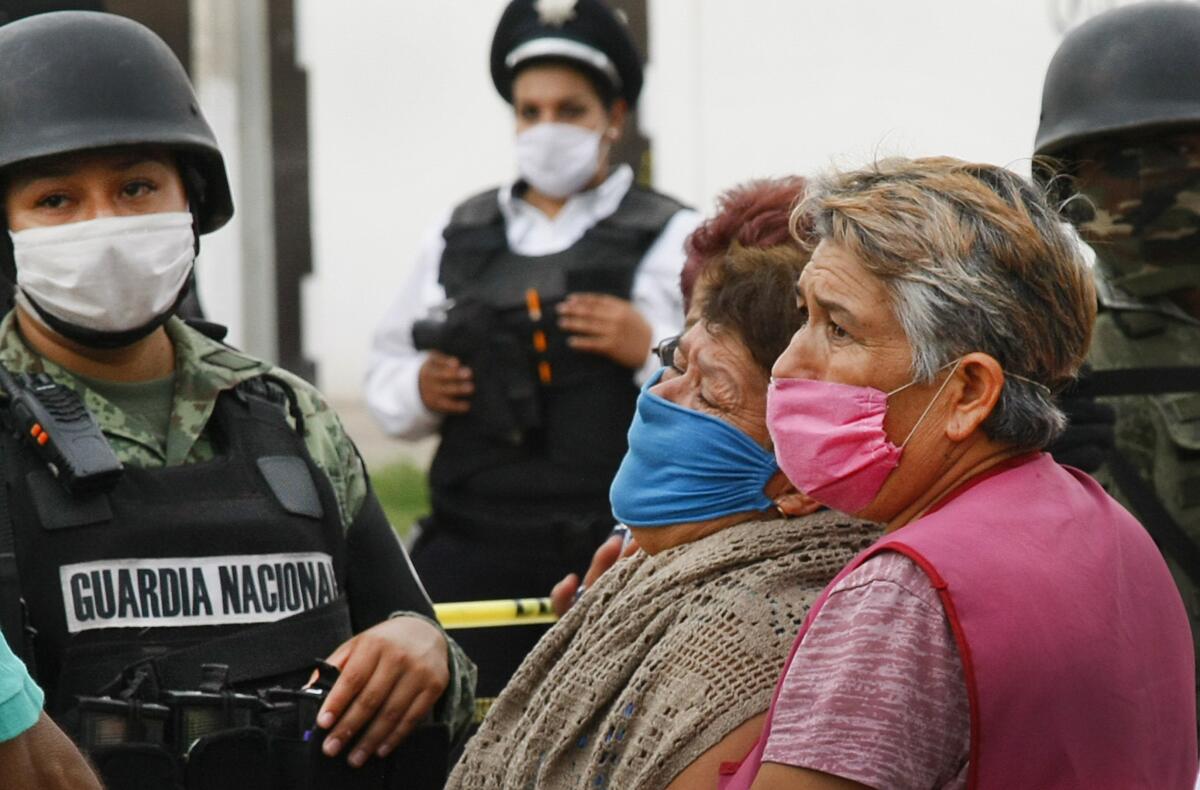
IRAPUATO, Mexico — Word spread quickly here after gunfire erupted at a neighborhood drug rehab center.
Natalia Acosta Medina bolted from her patio, sprinted through the muddy streets and climbed the stairs of the two-story facility.
More than two dozen blood-spattered men lay face-down, some with heads split open, others groaning in agony.
“I turned over the bodies one by one and looked at their faces,” Acosta recalled. “But I never found my son.”
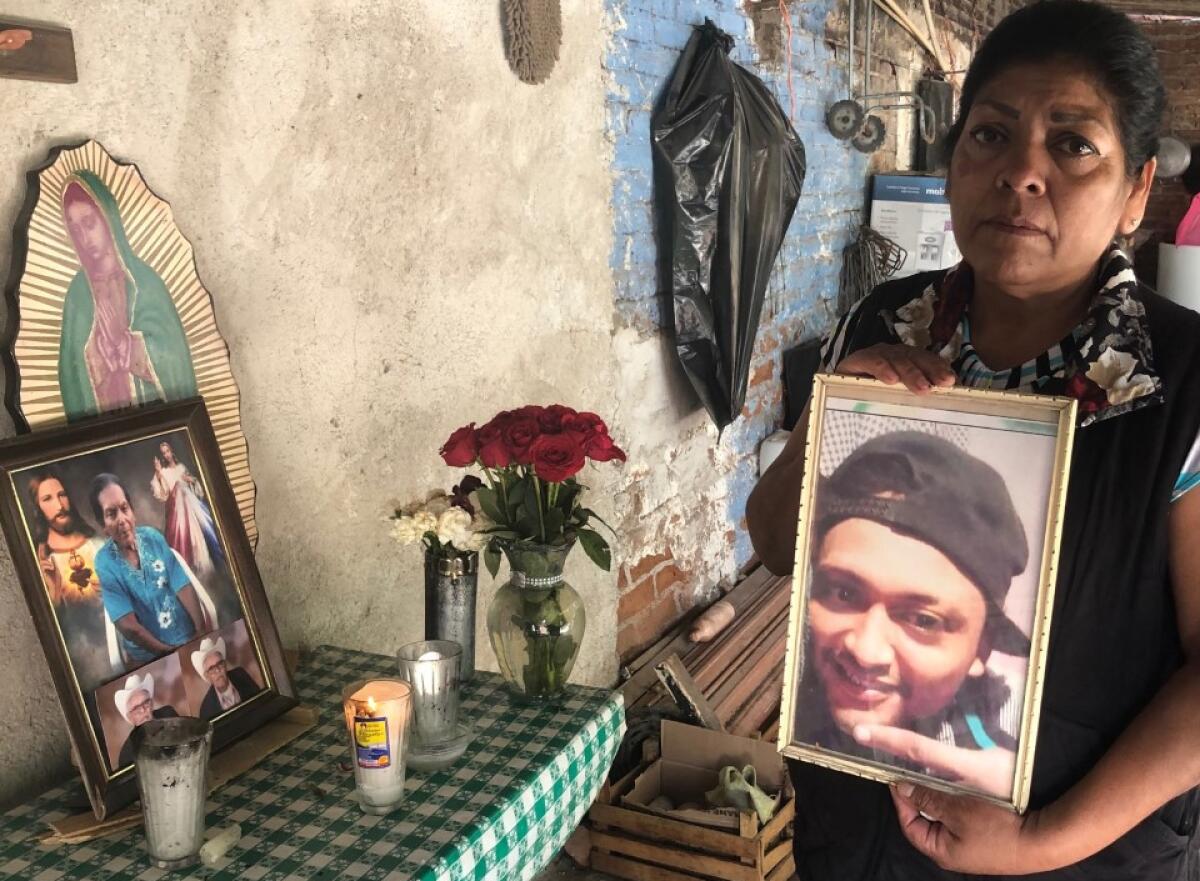
He was discovered later, one of 27 men killed in the July 1 massacre.
The attack was the bloodiest episode in a wave of violence that has seen once-tranquil Guanajuato become one of Mexico’s deadliest states.
There were 3,540 killings in Guanajuato last year, a more than threefold increase since 2016.
With 2,293 killings in the first half of this year, Guanajuato is on pace to set a new record. Only three less-populous states — the Pacific coastal enclave of Colima and the historically violent border states of Baja California and Chihuahua — have more homicides per capita.
At the root of the escalating violence is a David-versus-Goliath turf battle between a local mob boss and a multinational drug cartel capo.
In Mexico, everybody knows them by their monikers: El Marro and El Mencho.
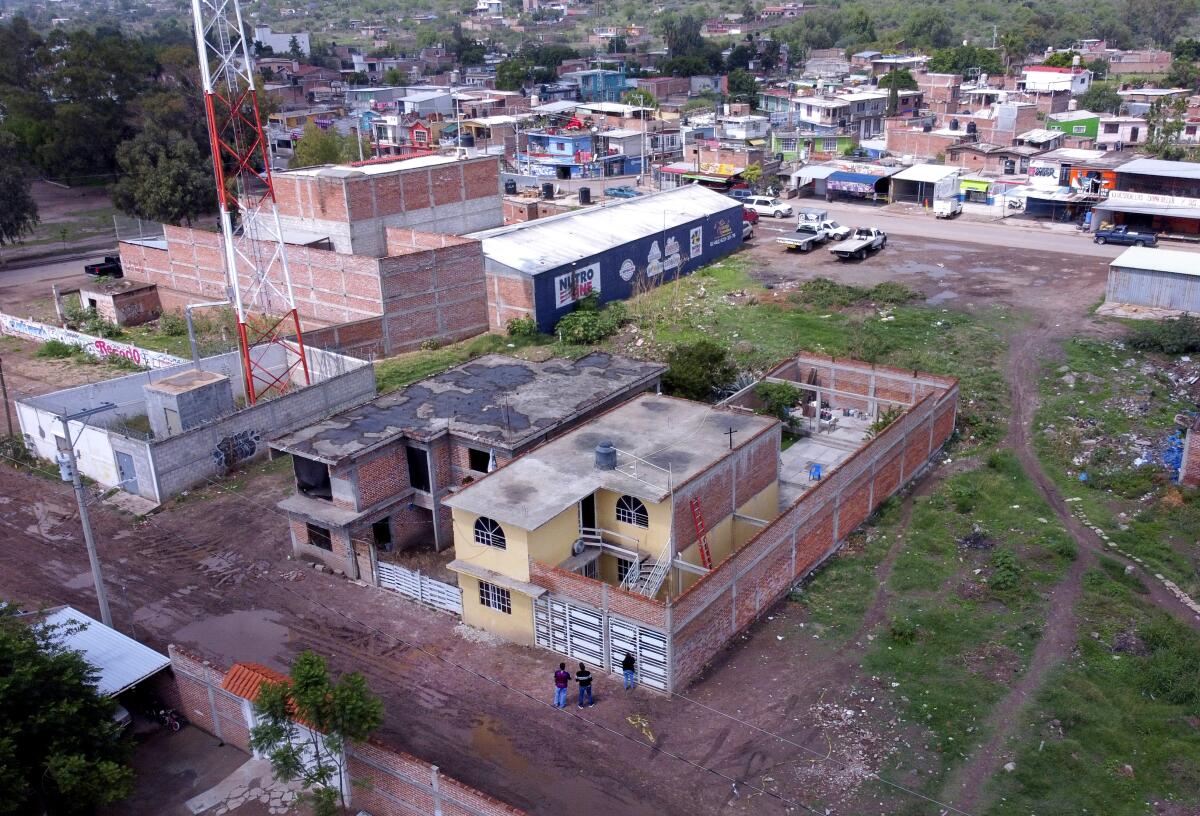
::
In a nation convulsed by violence, the central state of Guanajuato long stood out as an island of relative calm.
General Motors, Mazda and Toyota make cars here, and U.S. tourists and retirees flock to the artsy enclave of San Miguel de Allende.
But in 2017, the aura of tranquility dimmed.
El Marro, or “Sledgehammer,” an enterprising local criminal whose real name is José Antonio Yépez Ortiz, began to make headlines for allegedly stealing more than a million dollars’ worth of fuel a day from the many pipelines radiating from a government-owned oil refinery in the city of Salamanca.
El Marro, who is thought to be around 40, called his organization the Santa Rosa de Lima cartel, after his tiny hometown. The group came to control large swaths of Guanajuato. On Sunday, the governor of Guanajuato state announced the arrest of El Marro, along with five others. A kidnapped businesswoman was also released, the governor said. No further details were immediately available.
Mexican authorities say they have detained José Antonio Yépez Ortiz, alias ‘El Marro,’ the alleged leader of the Santa Rosa de Lima cartel.
The state was also of great interest to a much bigger and more sophisticated player: El Mencho.
Nemesio Oseguera Cervantes — El Mencho is a diminutive — served time in U.S. federal prison after being convicted of heroin smuggling in California.
Now he is 54 and leads the Jalisco New Generation cartel, a syndicate that the U.S. Drug Enforcement Administration says has used extreme violence to muscle its way into 24 of Mexico’s 32 states. The DEA is offering a $10-million reward for information leading to his arrest.
Among New Generation’s most profitable enterprises is the smuggling of methamphetamine and fentanyl into the United States.
The cartel in effect controls several Pacific ports that are entry points from Asia of essential chemicals. From the coast, the most direct route to Texas is through Guanajuato.
In 2017, according to Mexican media accounts, El Mencho offered El Marro a deal: Keep the lucrative fuel-theft business but allow his cartel’s drug mules to ferry their product through the state.
El Marro not only rejected the offer, but his mob ambushed and killed El Mencho’s emissary — a nephew of the New Generation boss — at a coffee shop here in Irapuato.
Then he went public with a video vowing to fight any New Generation presence in the state, rattling off obscenities as his henchmen fired their guns in the air.
It was brashness to the point of recklessness.
“El Marro, being the arrogant person that he is, figured that he was just as powerful as El Mencho,” said Mike Vigil, former chief of international operations for the U.S. Drug Enforcement Administration. “It was through blind arrogance and stupidity that El Marro went to war with the Jalisco New Generation cartel.”
Soon, Guanajuato was in the news for all the wrong reasons — contract hits and shootouts in bars and restaurants, on highways and at homes.
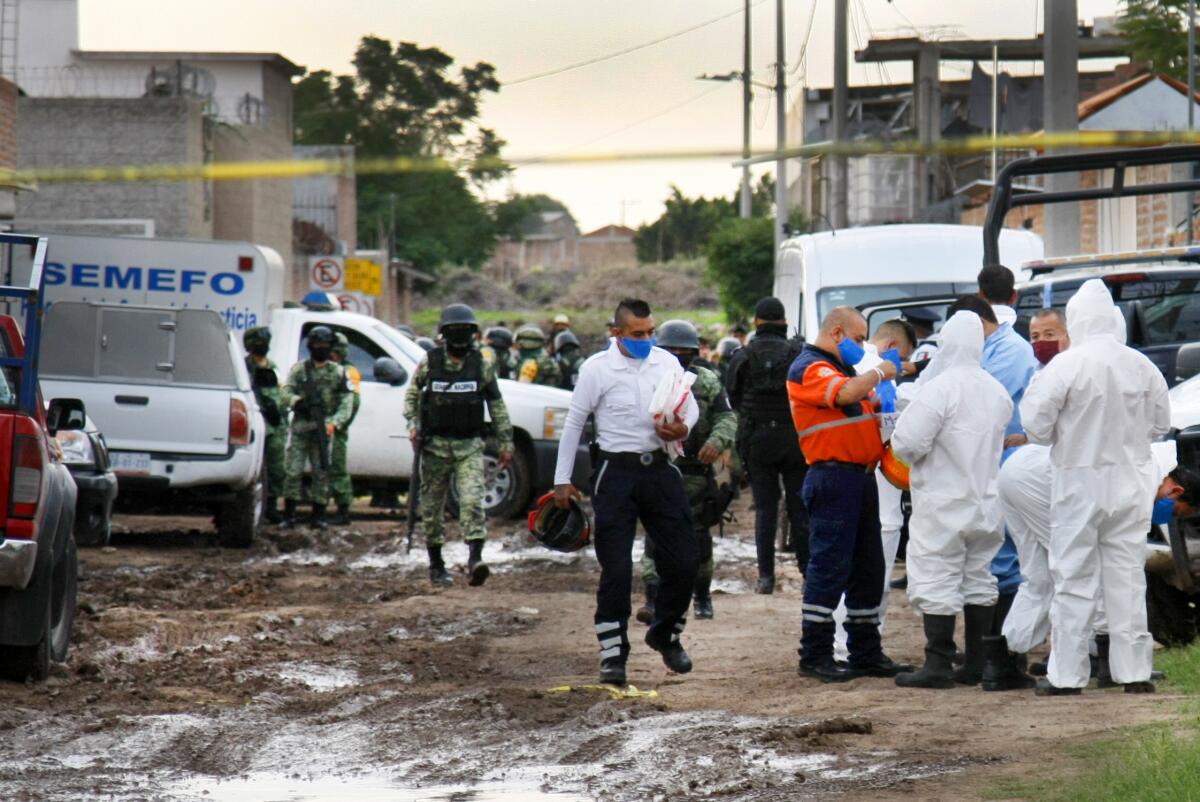
::
Mexican authorities had already lost control of security in much of the country when President Andrés Manuel López Obrador took office in December 2018.
The next month a handwritten banner appeared outside the Pemex refinery in Salamanca with a message for the new president: Troops and federal police who remain in the area will be killed.
“Guanajuato doesn’t need them,” the banner said. “This is not a game.”
The banner also noted a “little gift” left nearby in an abandoned pickup as a warning — an undetonated bomb.
The message was signed “El Señor Marro.”
But López Obrador, who has sought to revive the economic fortunes of Petroleos Mexicanos, the troubled state-owned oil behemoth known as Pemex, did not heed the warning. Instead, he declared war on fuel-theft gangs, known as huachicoleros.
In March 2019, more than 1,000 police officers and soldiers descended on El Marro’s luxurious compound in Santa Rosa de Lima in an operation dubbed Strike the Helm. Police searched residences and seized vehicles, but El Marro escaped, possibly through an underground tunnel complex authorities later discovered.
El Marro “is no longer in his house with a swimming pool,” Alfonso Durazo Montaño, Mexico’s federal security chief, said later, arguing that the gangster’s network was depleted and that he was “struggling to meet his payroll.”
Authorities say the pressure on the illicit fuel trade has forced El Marro to branch out into other rackets, including extortion and local drug sales.
That has only exacerbated the violence. In December 2019, New Generation launched an armed assault with automatic weapons against police headquarters in Villagrán, the municipality that includes El Marro’s hometown.
Three police officers were killed and four were kidnapped and later subject to coerced interrogations, parts of which were filmed and circulated on social media. Several officers said under duress that town officials and law enforcement took orders from El Marro.
The bodies of the abducted cops were later found dumped along a roadside — four of the more than 180 police officers killed in Guanajuato since the beginning of 2018.
A month later, at least three people were killed in a commando-style raid on a church during a wedding gathering in the small town of Pelavacas.
The bride was shot dead and the groom was abducted, never to be seen again. She was El Marro’s sister. He was a top aide to El Marro.
Following the attack, New Generation released a video claiming responsibility for the killings and showing a map of Guanajuato with the cartel’s Spanish initials — CJNG — plastered across it.
“We came for you, filthy Marro!” a voice declared.
This June, a military-led operation in Guanajuato resulted in the arrests of more than two dozen of El Marro’s alleged confederates — including his mother, sister and cousin — and prompted supporters in areas under his gang’s control to block streets, set vehicles ablaze and torch a furniture store.
El Marro posted a video on YouTube in which he vowed revenge and sobbed for his mother — perhaps the first time Mexican viewers had seen a mob leader weeping.
“Even if I am left alone like a dog I will endure,” he said.
Seated on a garden chair in tattered jeans, a black sweater and white sneakers, he spoke directly into the camera and accused the government of collaborating against him with El Mencho.
El Marro denounced his rival as an aging “coward” racked by gonorrhea.
Eight days after authorities arrested El Marro’s family members, a state judge ordered them released and threw out the case for lack of evidence — a decision that López Obrador blamed on “inefficiencies and corruption” in the Guanajuato justice system.
Still, experts say that El Marro and his band face imminent demise.
“El Marro has no chance,” said Vigil, the ex-DEA official. “Probably one of these days he and his family are going to be evaporated from this planet by El Mencho.”
::
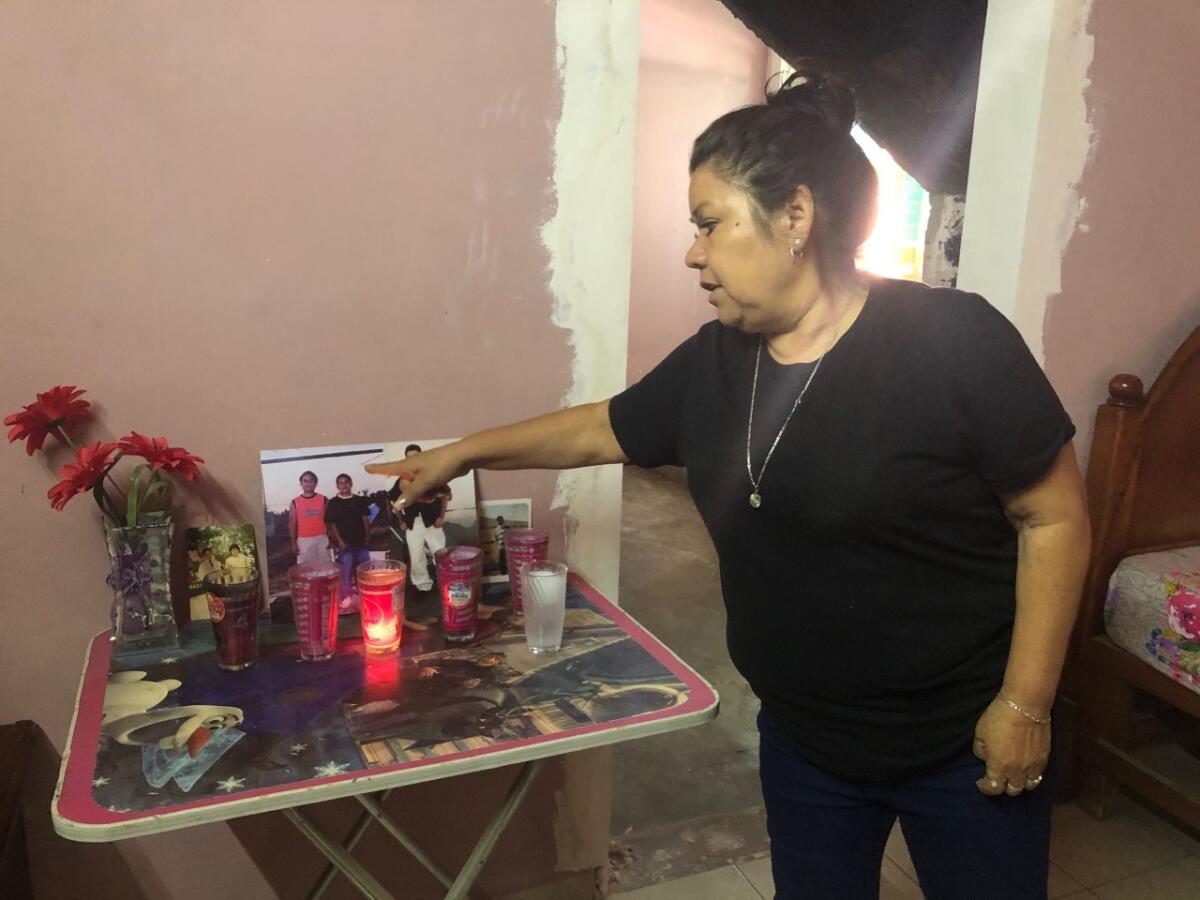
The attack on the drug treatment center came less than a week after El Marro’s family was sprung.
Authorities have indicated that hit men from El Marro’s mob perpetrated the assault, perhaps targeting an operative for El Mencho.
The center, called Seeking the Road to My Recovery, was part of a cottage industry of unlicensed treatment facilities catering to young working-class Mexicans who have become hooked on crystal meth as addiction rates have risen in Mexico.
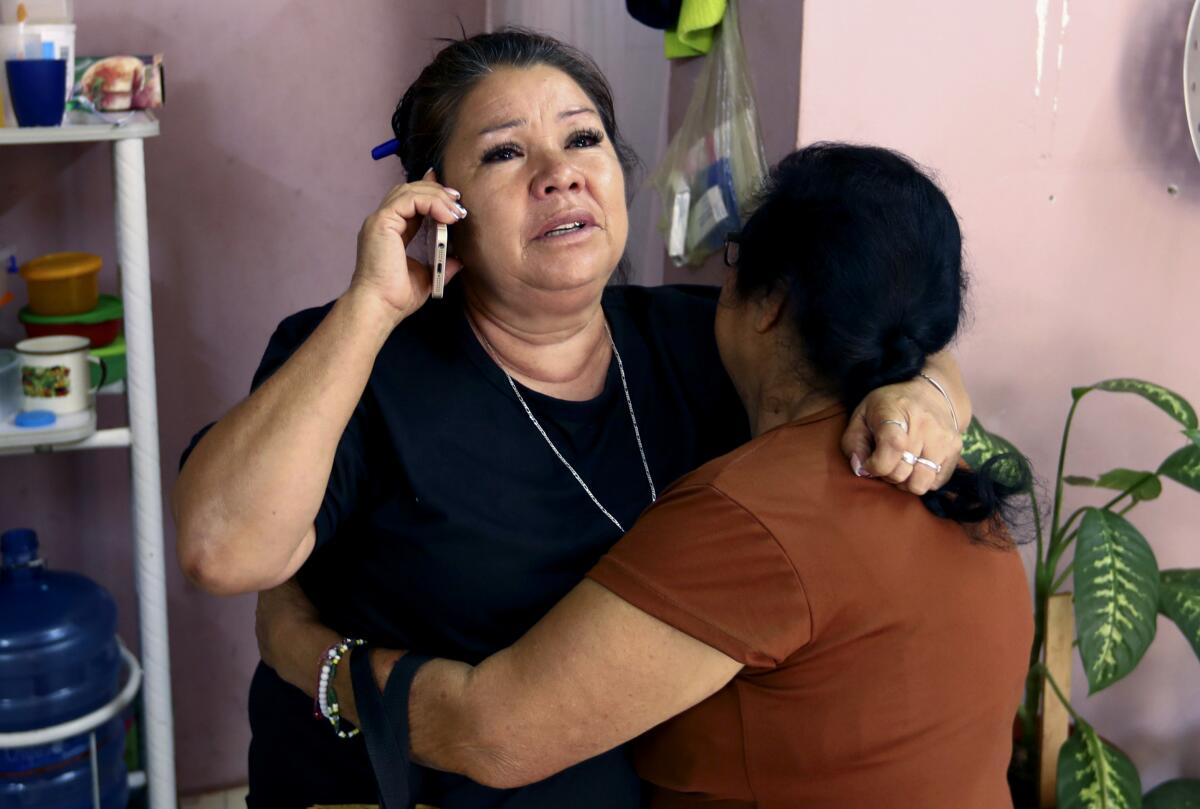
Many of the outfits are “seedlings of organized crime,” Guanajuato’s security chief, Alvar Cabeza de Vaca, told reporters in June, after 10 people were killed in an attack on a different center in Irapuato.
But here in the gritty Arandas district, residents speak highly of the facility, situated on an unpaved dead-end street in an anonymous brick building with an ocher facade and small yard.
The ex-director, Erasmo Flores, referred his clients as “my children,” according to several families, who paid the equivalent of about $20 a week to enroll loved ones in a course that included group discussions and singing.
“They helped my son Geovani a lot,” Rosa Alba Santoyo Soria said of the center, where he had recently completed treatment.
The afternoon of the attack, Geovani, 27, told his mother he was going to deliver soft drinks to his two elder brothers, who remained clients at the center.
According to accounts from officials and neighbors, three men with assault weapons entered the facility shortly after 5 p.m. They forced everyone upstairs to lie face-down on the floor and repeatedly asked: “Who is Francisco?”
The terrified residents replied one after another: “There is no Francisco here.”
And so the hit men opened fire. The dead include Santoyo’s three sons and the center director.
Santoyo said she had no idea why the center was targeted, and evinced no hope that her sons’ killers would be found in a country where most homicides go unsolved.
“Justice? Why justice?” asks Santoyo, mother of seven, only two of whom remain alive — two others died in accidents, she said. “Whatever I say, it won’t make a difference. It won’t bring my sons back.”
El Mencho’s mob has blamed El Marro for the massacre. El Marro has not spoken publicly about it.
Less than three weeks after the massacre, El Mencho’s cartel released a video in which a masked gunman identified as a New Generation special forces chief warns El Marro that his days are numbered.
“Marro, you are going to end up alone like a dog,” says the commander, flanked by dozens of fighters bearing assault rifles and positioned in front of armored vehicles. ”You are going to have to eat your insults of Señor Mencho! All of Guanajuato is with Señor Mencho!”
Special correspondent Cecilia Sánchez contributed to this report.
More to Read
Sign up for Essential California
The most important California stories and recommendations in your inbox every morning.
You may occasionally receive promotional content from the Los Angeles Times.
